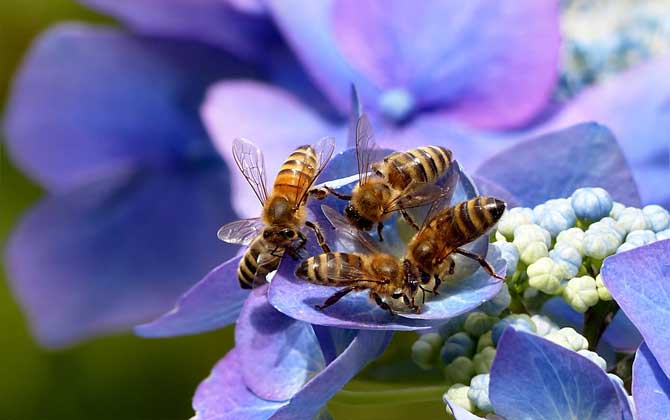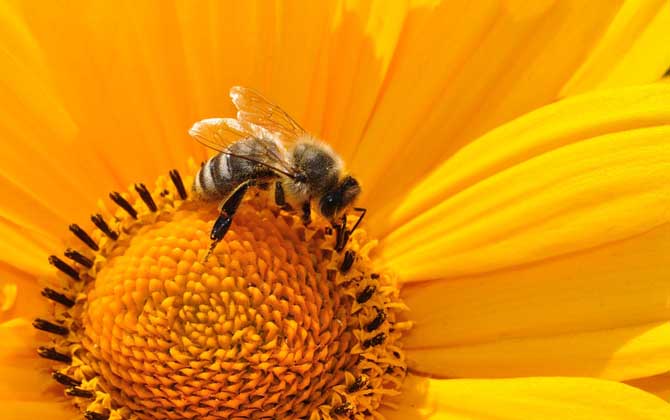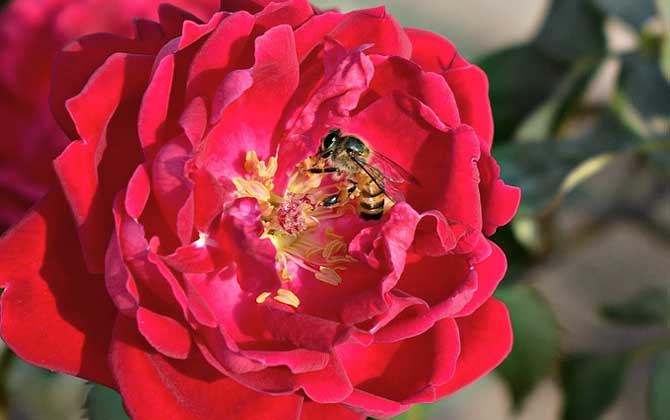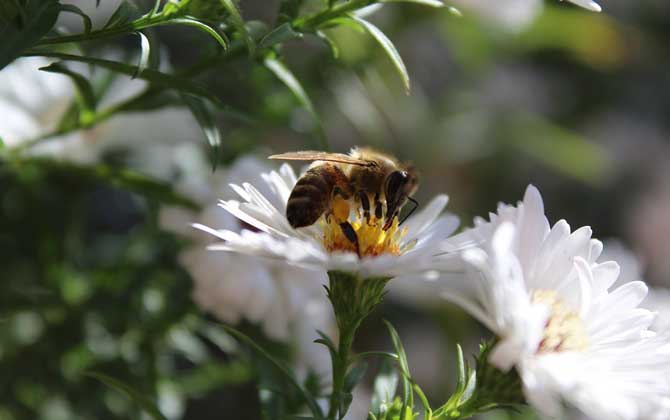The Life Cycle and Role of Worker Bees in a Colony
Worker bees are the backbone of a honeybee colony, playing a vital role in its survival and reproduction. They perform nearly all essential tasks, and without them, both the queen and drones would perish from starvation. The number of worker bees directly reflects the colony’s strength. Let’s explore how long it takes for a colony to produce new worker bees and their fascinating lifecycle.

1. Developmental Stages of Worker Bees
Worker bees develop from fertilized eggs laid by the queen. Their lifecycle consists of four distinct phases:
- Egg Stage: 3 days
- Larval Stage: 6 days (fed royal jelly for the first 3 days, then switched to honey and pollen)
- Pupal Stage: 11 days (varies slightly by species; Italian honeybees take 12 days)
From egg to adult, the entire process takes approximately 20–21 days. Temperature and hive conditions can influence this timeline.

2. Division of Labor by Age
Worker bees perform age-specific tasks throughout their lives:
- Days 1–3: Clean cells, regulate hive temperature, and tend to brood.
- Days 4–8: Produce jelly to feed older larvae.
- Days 6–15: Secret royal jelly for young larvae and the queen.
- Days 13–18: Produce wax to build honeycombs.
- Day 20+: Forage for nectar, pollen, and water (the most dangerous phase).

3. Lifespan Variations
A worker bee’s lifespan depends on seasonal demands:
- Winter Bees: Live 3–6 months, conserving energy during cold months.
- Summer Foragers: Survive only 28–35 days due to high-energy activities.
- “Laying Workers”: In queenless colonies, some workers lay unfertilized eggs (called “worker policing”) and live up to 3× longer due to reduced physical strain.

4. Continuous Replacement System
Worker bees are essentially the colony’s “disposable workforce.” To maintain hive productivity:
- The queen lays 1,500–2,000 eggs daily during peak seasons.
- All four developmental stages (egg, larva, pupa, adult) coexist simultaneously in active hives.
- Brood production pauses only during winter when bees cluster for warmth.
Key Takeaways
- Worker bees develop from egg to adult in ~20 days.
- Their roles evolve with age, ensuring efficient colony operation.
- Lifespan ranges from <1 month (summer) to 6 months (winter).
- Colonies continuously replenish workers except during winter dormancy.
This intricate system allows honeybee colonies to adapt swiftly to environmental changes, ensuring their survival across seasons. The absence of batch-based rearing ensures a steady workforce, making worker bees the ultimate example of nature’s efficient labor system.